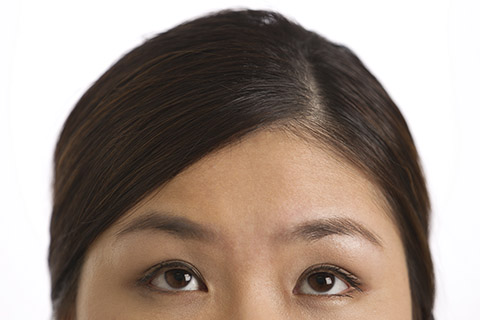
At some point in your life, you’ve most likely suffered from a headache. A few unlucky folks also suffer from migraine headaches. Migraines take headache pain to another level by including throbbing pain (usually focused on one side of the head) as well as nausea and sensitivity to lights and sounds. In some cases, the migraines come after a series of visual problems called “auras” appear in the form of flashing lights, zigzag lines or temporary blindness. Studies conducted by the American Migraine Foundation shows that one in every four American families has at least one member suffering from migraines.
A migraine is a potentially fatal neurological disease that plagues approximately 36-million Americans. Migraine relief usually comes in the form of prescription drugs and pain relievers. While these drugs and pain relievers help ease the overwhelming pain associated with a migraine headache, they are “after the fact” relief procedures. They don’t help prevent migraines from happening. They just work to ease the pain after the migraine has been triggered and is currently impacting the life of the migraine sufferer.
Migraine Symptoms and Treatments
The symptoms of migraines have been shown to occur partly because of the dilation of blood vessels in the brain so newer migraine medications like triptans are designed specifically to induce constriction of blood vessels and generally interrupt the chemical activities that precede a migraine attack. An individual suffering from a migraine attack frequently needs to move on to preventative measures rather than settle for regular pain relievers. There are two major classes of drugs used to treat migraines:
While these drugs are a huge step forward in treating migraines, they have a lot of side effects which include tingling sensations, throat and chest tightness, nausea, fatigue, depression, insomnia, dizziness, lowered blood pressure, diarrhea and visual changes. The numerous side effects associated with migraine drugs make them unfit to be a lasting solution to the condition. As such, research is being done in order to find a better solution.
Eye Surgery and Migraine Prevention
New research in the area of migraine relief has shown cosmetic eye surgery may help prevent migraines. This new technique of cosmetic eyelid surgery focuses on what are known as “trigger nerves” in the upper eyelid. The procedure involves making incisions in the upper eyelid where the “trigger nerves” are located and disabling them. The procedure, also known as a trigger-site deactivation surgery, is an alternative to another surgical technique used to treat migraines. This second, more commonly used surgery also approaches the nerves under the skin. The main difference in the second procedure is that it starts at the scalp.
The research into this new procedure has been conducted by a team led by Dr. Oren Tessler, Assistant Professor of Clinical Surgery at LSU Health Sciences Center New Orleans School of Medicine. Dr. Tessler and his team of plastic and reconstructive surgeons have found a high success rate by screening and selecting patients for this specific surgical migraine treatment technique. Their results show that more than 90\\% of the patients who had the surgical procedure to decompress nerves that trigger migraines experienced relief.
It’s important to note that not all patients are eligible for this new procedure. While some patients do not qualify for the procedure due to anatomical issues, there are also cases where their local surgeon is not properly trained to perform the procedure or the surgeon doesn’t have access to the necessary equipment to successfully complete the surgery.
Migraines and Eye Surgery Research Results
The research team, which also included surgeons from Massachusetts General Hospital and Harvard Medical School, reported an overall positive response rate of 90.7\\% in the select group of patients. Overall, migraine headaches were completely eliminated in 51.3\\% of the patients. About a fifth of the patient study group had an 80\\% reduction in their symptoms. One other fact discovered by the research team was the incision created through the upper eyelid brought about an equal release and deactivation of the nerves involved in triggering migraines. The study was published in the journal, Plastic and Reconstructive Surgery.
According to Dr. Tessler, "Surgery is a valid treatment for migraines in certain patients. We believe that these patients should have ready access to migraine trigger site decompression surgery. Although larger studies are needed, we have shown that we can restore these patients to full and productive lives."
MA